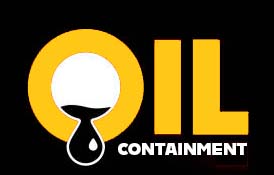In the oil industry, containment barriers are essential in order to prevent hazardous materials from leaking and causing environmental damage. Secondary containment researchers play a crucial role in ensuring that these barriers are properly designed and implemented. One effective material that is often used in creating containment barriers is polyurea. In this article, we will discuss how to properly create containment barriers in the oil industry using polyurea.
Introduction to Polyurea
Polyurea is a type of elastomer that is formed through the reaction of an isocyanate with a resin blend. It is known for its fast curing time, high tensile strength, and resistance to chemicals and extreme temperatures. These properties make polyurea an ideal material for creating containment barriers in the oil industry.
Designing Containment Barriers
When designing containment barriers, it is important to consider the specific requirements of the site and the potential risks involved. The barriers should be able to contain any potential spills or leaks, while also being durable and resistant to deterioration over time. Polyurea is often used in the design of containment barriers due to its flexibility and ability to conform to the shape of the structure.
Implementing Containment Barriers
Once the design of the containment barrier is finalized, it is important to properly implement it in order to ensure its effectiveness. This involves preparing the surface, applying the polyurea coating, and allowing it to cure properly. It is also important to regularly inspect and maintain the containment barrier to ensure that it remains intact and functional.
Benefits of Polyurea Containment Barriers
Polyurea containment barriers offer several benefits in the oil industry. They provide a seamless, flexible, and durable solution for containing hazardous materials. Polyurea is also resistant to corrosion, abrasion, and chemicals, making it an ideal choice for harsh environments. Additionally, polyurea coatings have a fast curing time, allowing for quick installation and minimal downtime.
Conclusion
In conclusion, creating proper containment barriers in the oil industry is essential for preventing environmental damage and ensuring the safety of workers and the surrounding community. Polyurea is a versatile material that offers many benefits for designing and implementing containment barriers. By following the proper procedures and taking advantage of the properties of polyurea, secondary containment researchers can create effective barriers that will help to protect the environment and maintain the integrity of oil industry operations.
